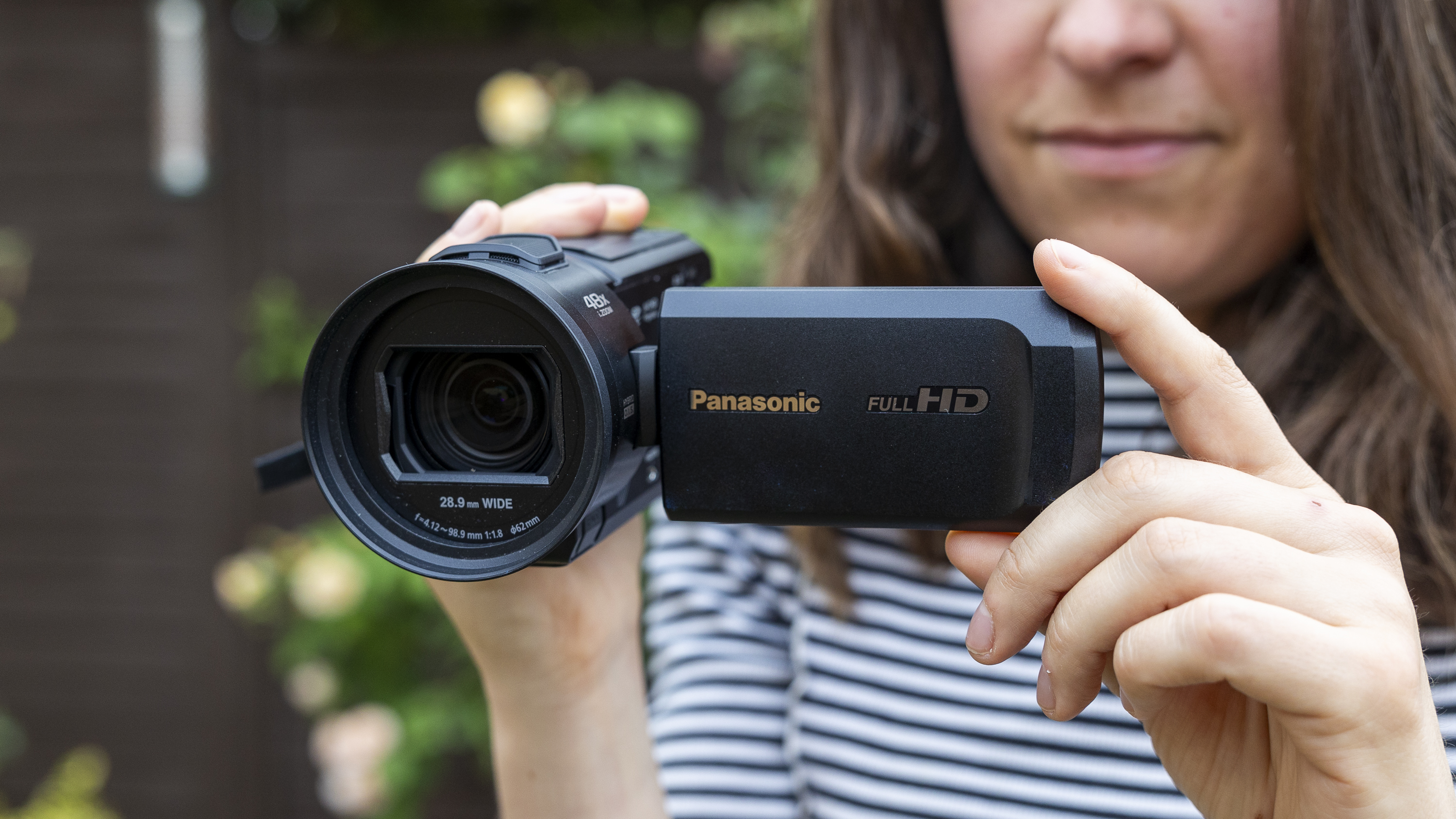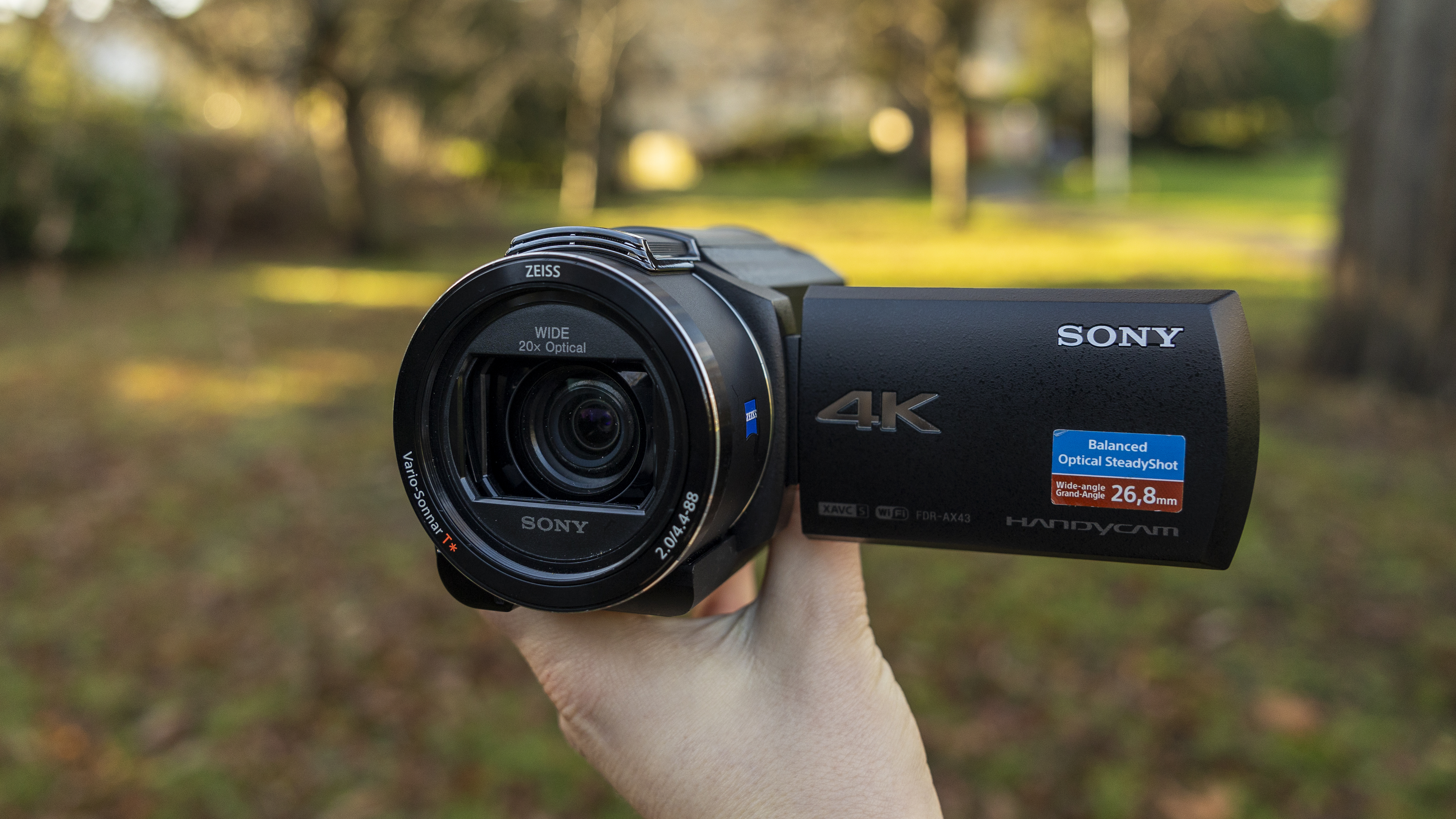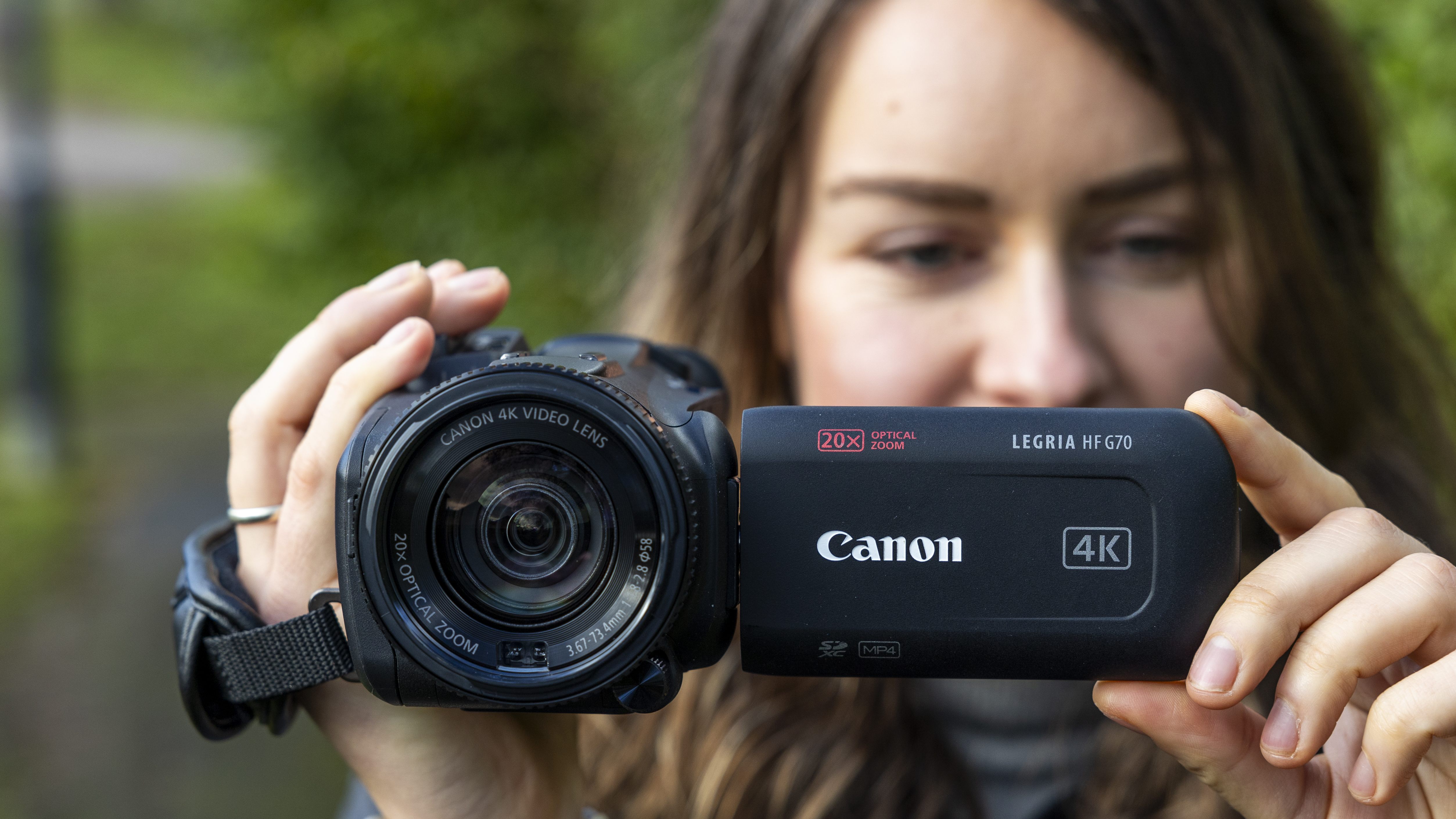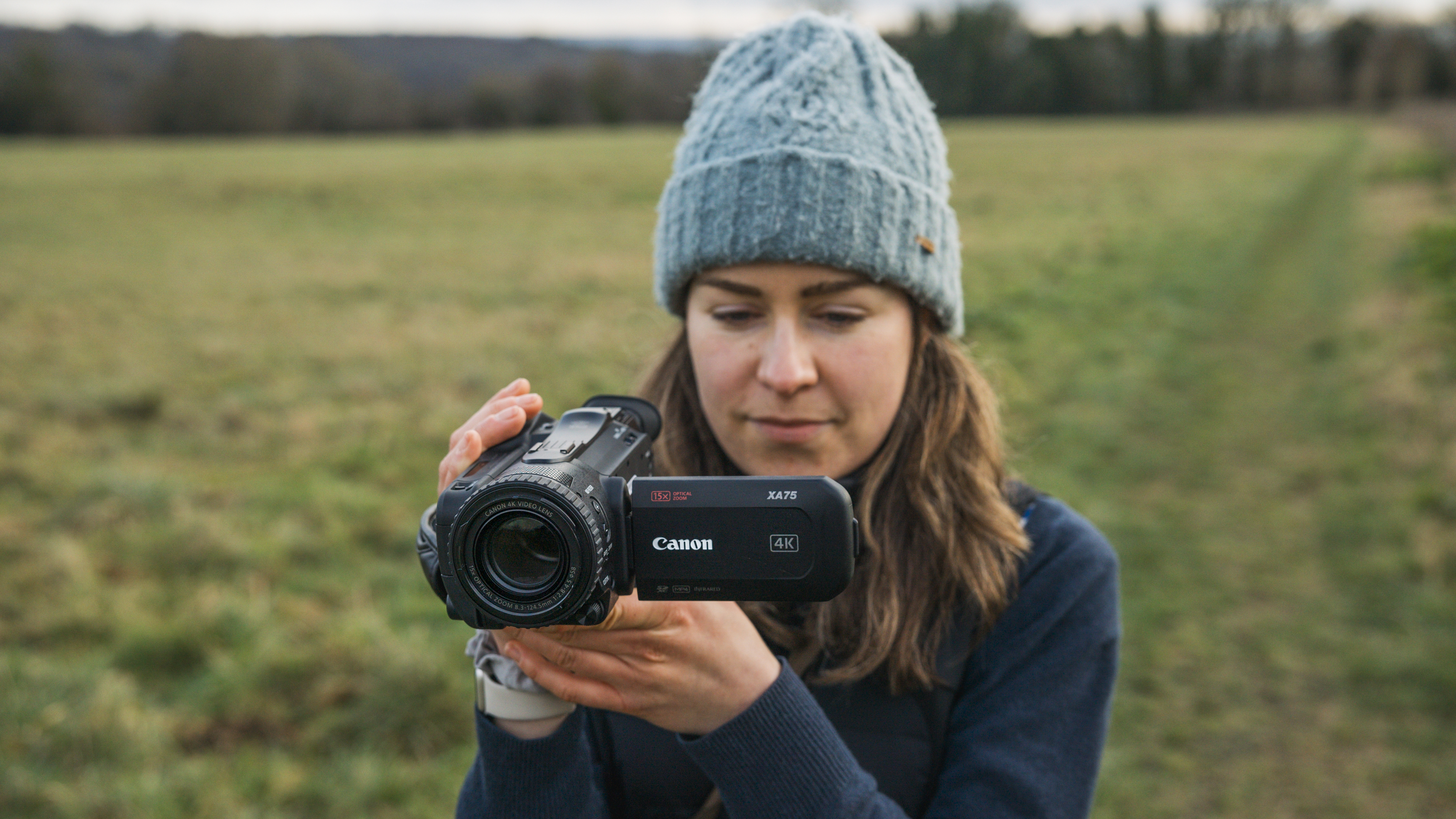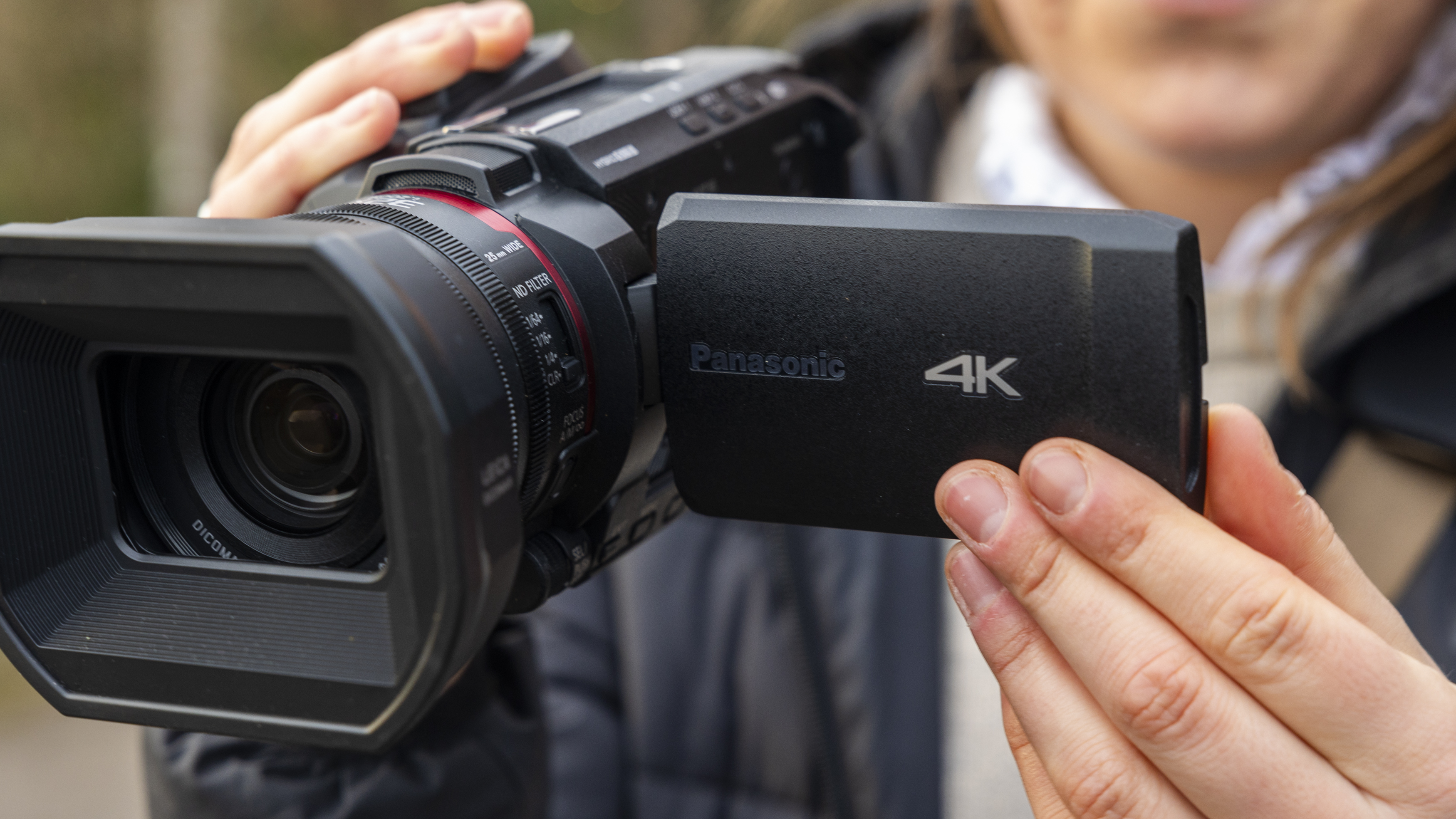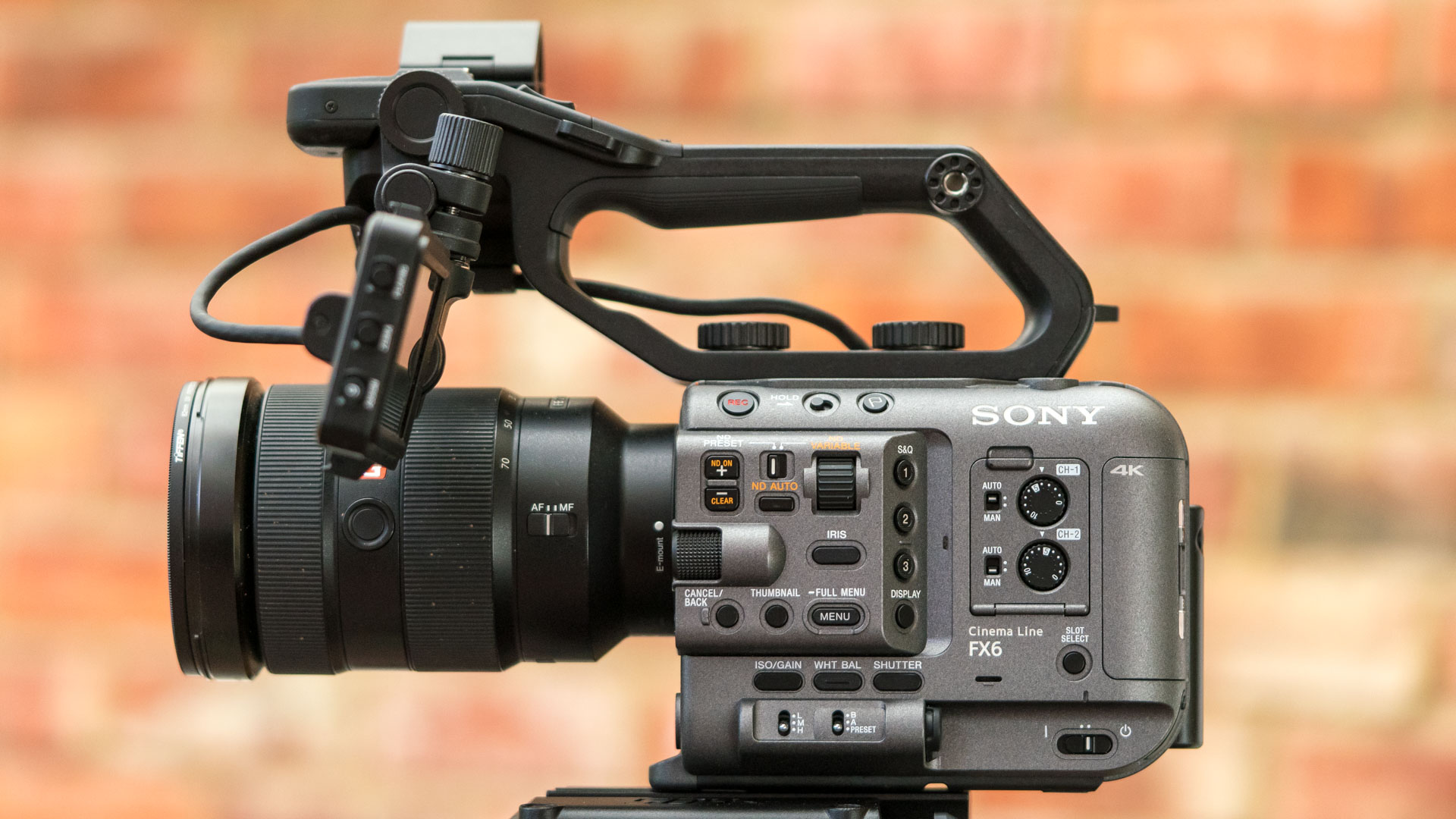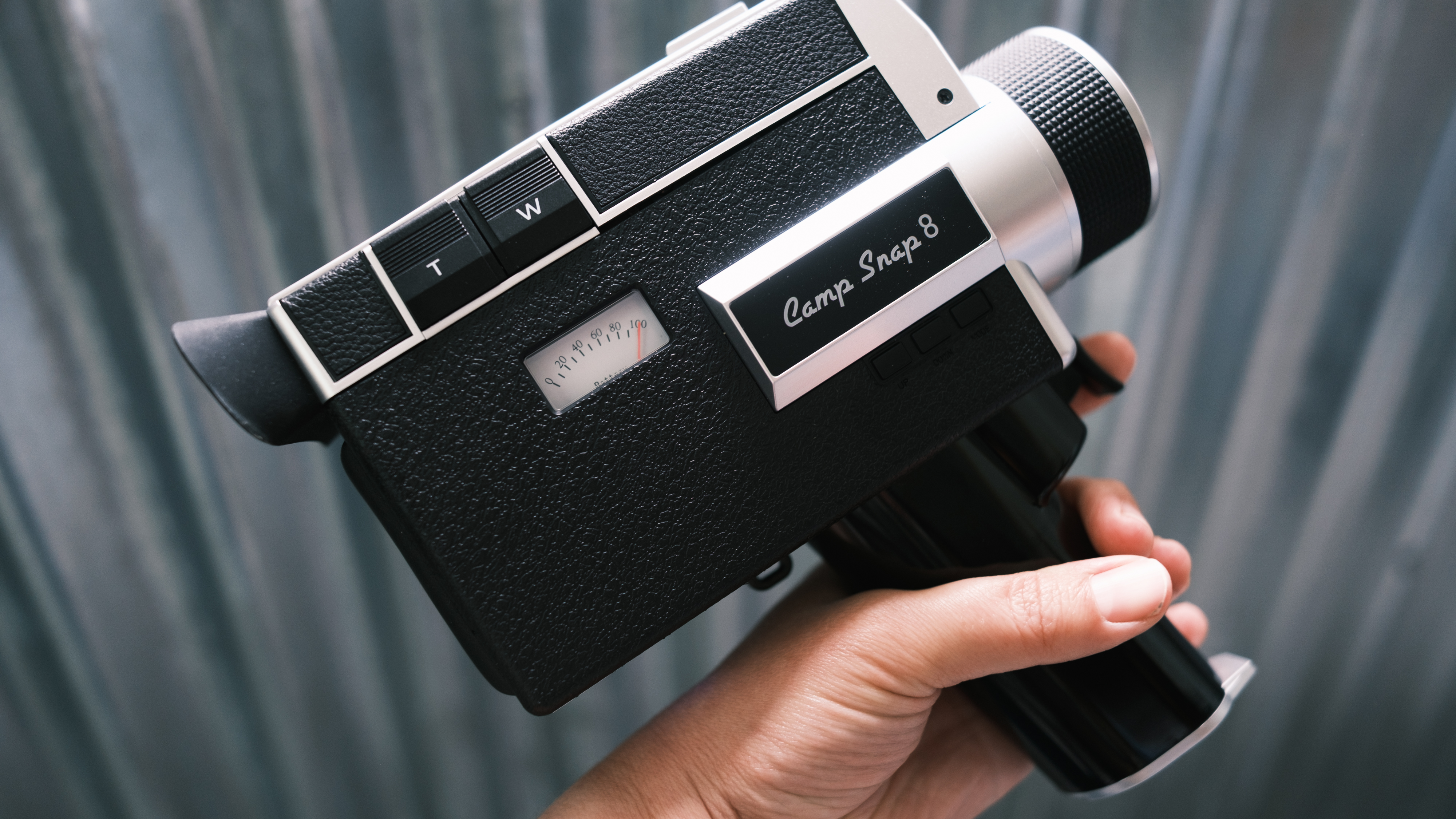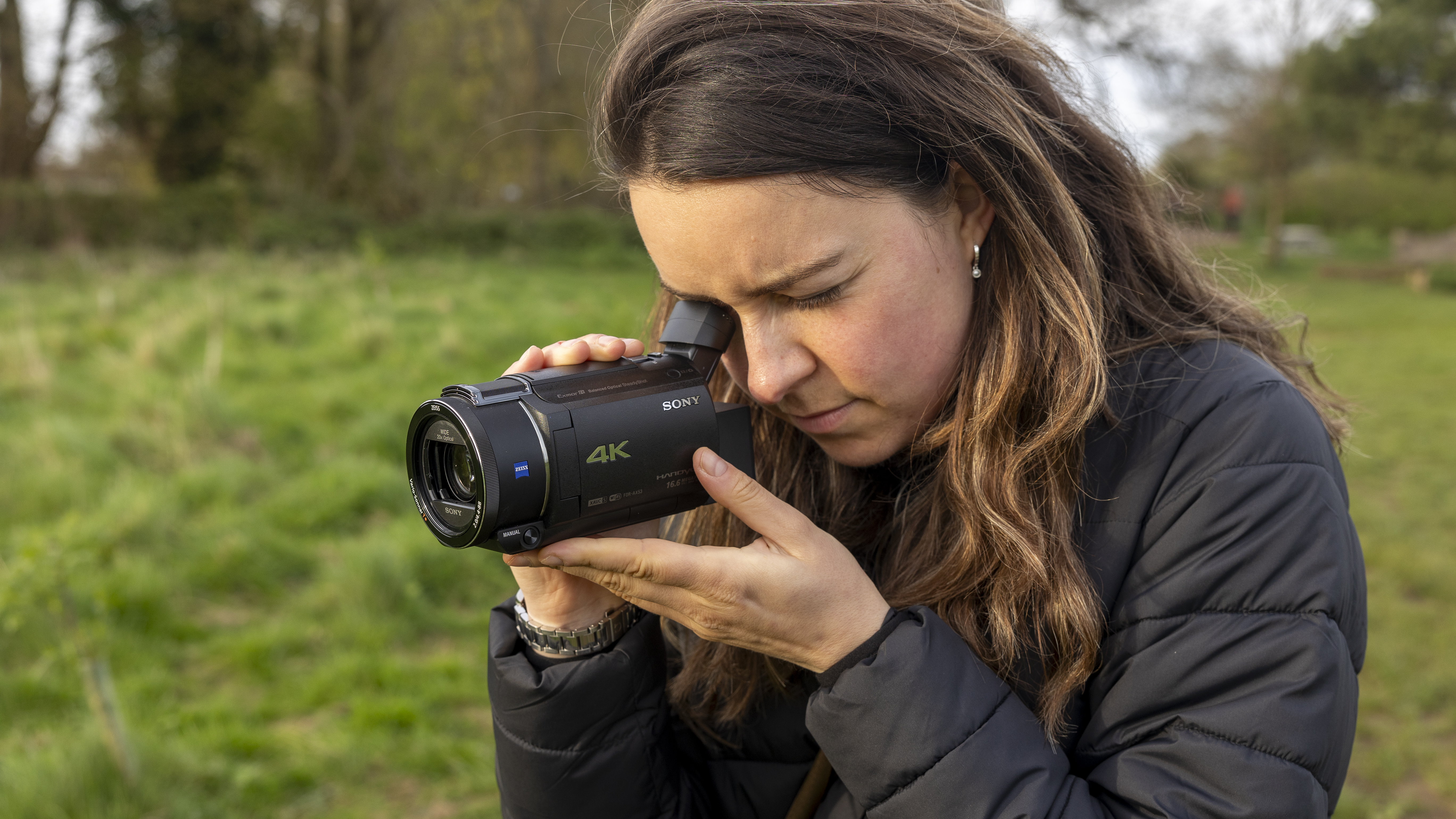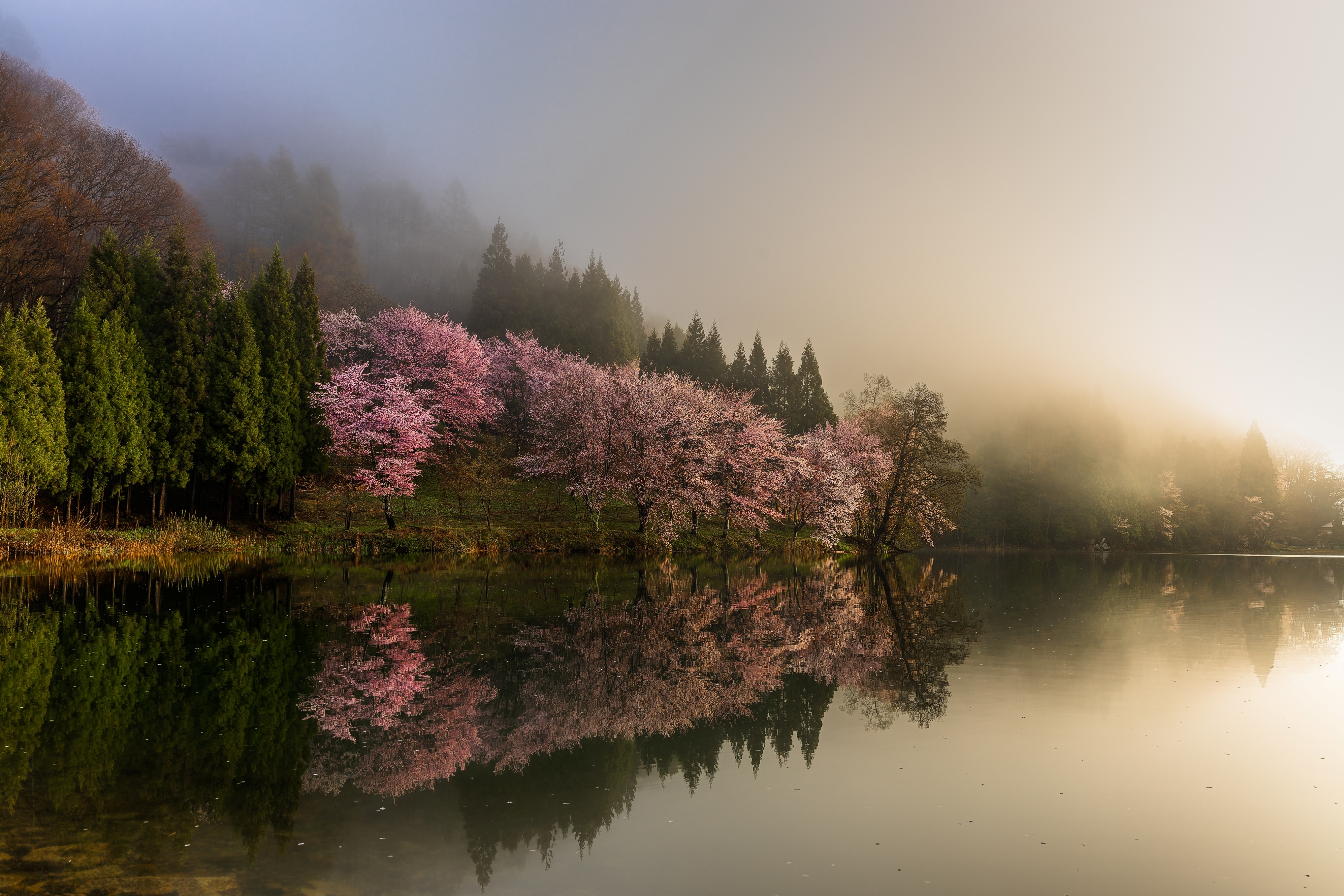The best camcorders in 2025: perfect all-in-one video cameras
The best camcorders are the perfect all-in-one video cameras for many workflows – here are my 8 top models
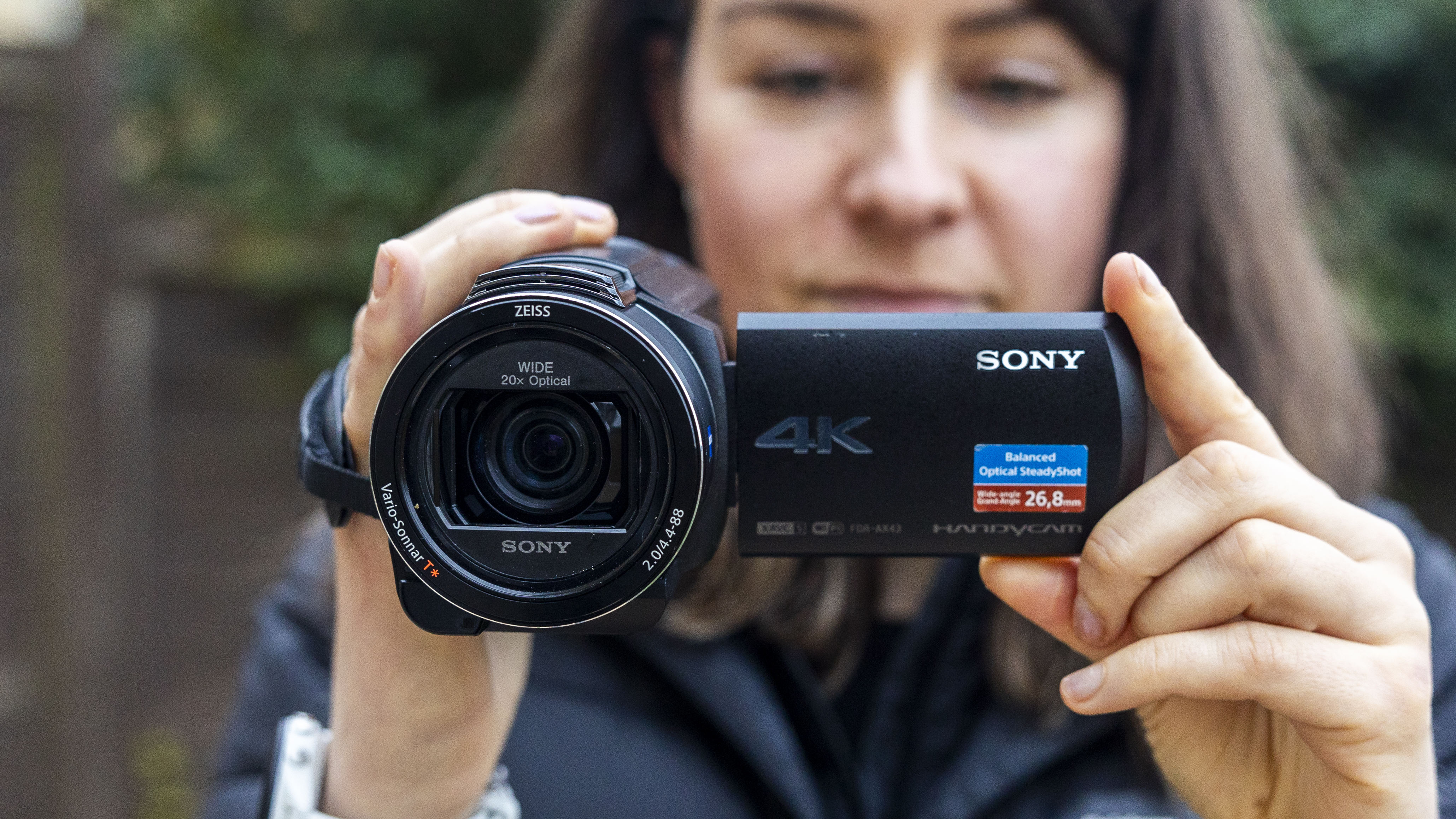
The best camcorders aren't as popular as they were in the 90s, but they're more than capable of competing with modern mirrorless cameras and camera phones – as I've found by reviewing all the latest models for this guide. The huge built-in zooms are a major advantage – and as they're specifically designed for shooting video, they're much easier to hold and use for filmmaking.
Now that cameras for filmmaking are available at every price point, people are discovering that a device specifically designed for shooting video can be a far better option than a multi-purpose camera phone. But when it comes to choosing the best camera for video, a camcorder is a great option.
There's more than one type of camcorder. There are small, inexpensive all-in-one camcorders for casual use, but a growing professional broadcast market exists too, as demonstrated by the recent Canon XA75. Sitting between budget-friendly consumer camcorders and professional camcorders for TV broadcast, there are 4K camcorders ideal for filmmakers. Not sure where to start? Jump to the how to choose section at the bottom of this guide.
Over the past year or so, several major manufacturers have discontinued their cheap, most compact options. But there are still lots of choices – from self-contained shooters designed for holidays and casual family shooting to options for vlogging and serious documentaries. I've curated this list of the best camcorders available on the market based on thorough testing of each one.

Chris has been writing about photography and video-making professionally for nearly 40 years and has tested hundreds of different cameras and camcorders. He was the editor of Video Camera magazine and a regular contributor to What Camcorder and Camcorder User. At the height of the camcorder boom in the 1990s, he wrote the book Teach Yourself The Camcorder.
The Quick List
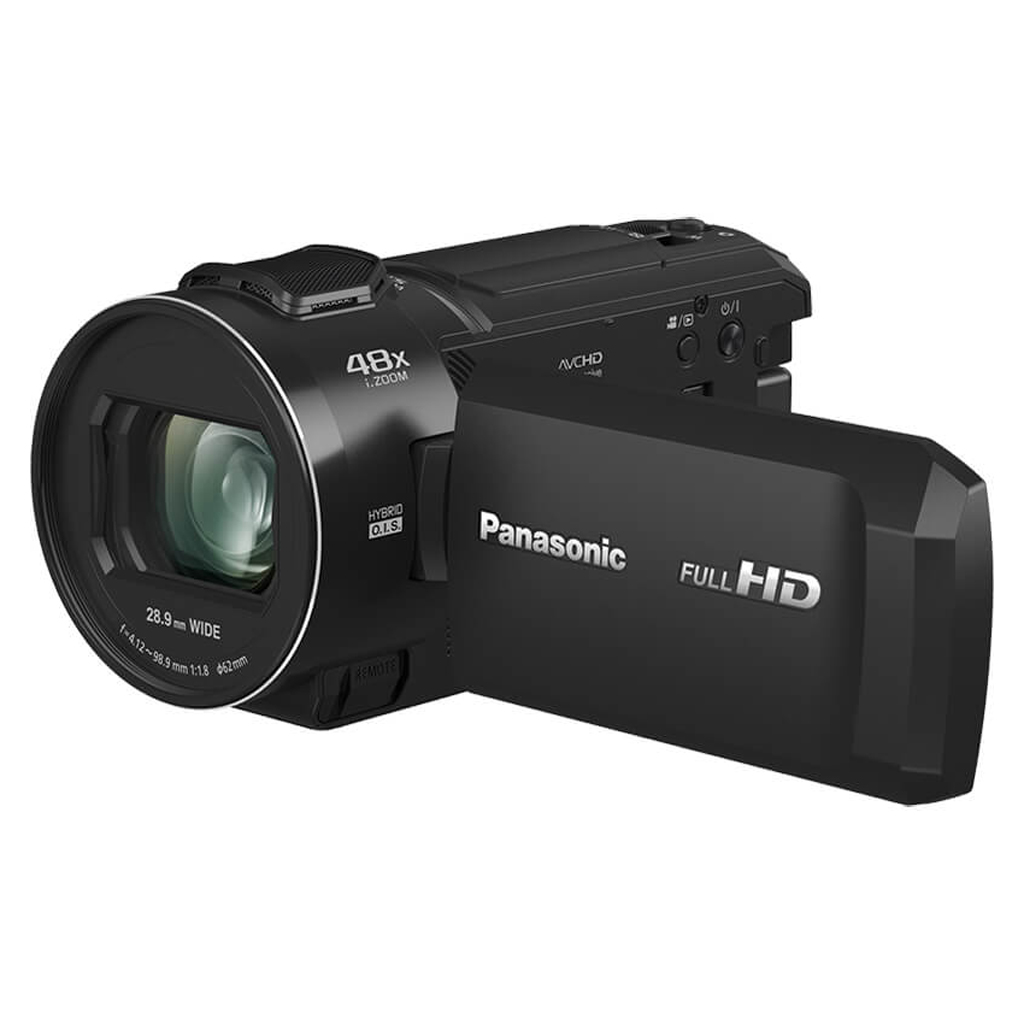
This budget option only shoots in Full HD, not 4K. But the 24x optical zoom and 5-axis stabilization produce smooth footage, while simple USB-C charging adds ease of use.
Read more below
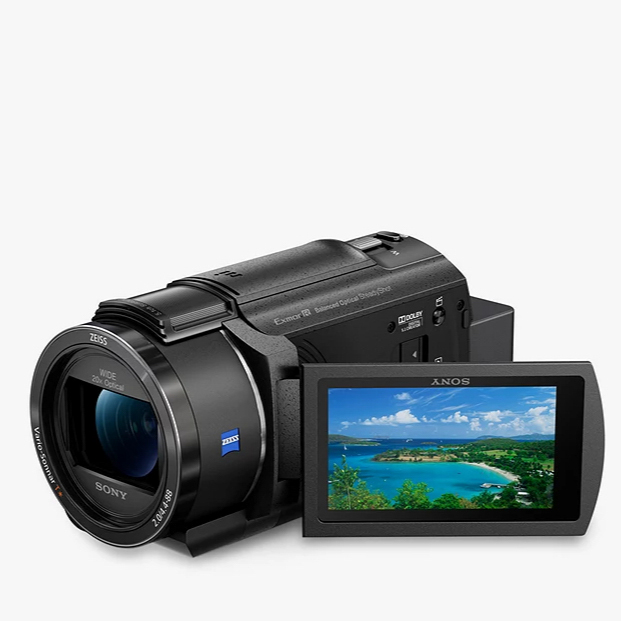
A compact, budget camcorder that's surprisingly versatile. Fronted by a Carl Zeiss 20x optical zoom, it offers a Wi-Fi-connected 4K camcorder at an affordable price.
Read more below
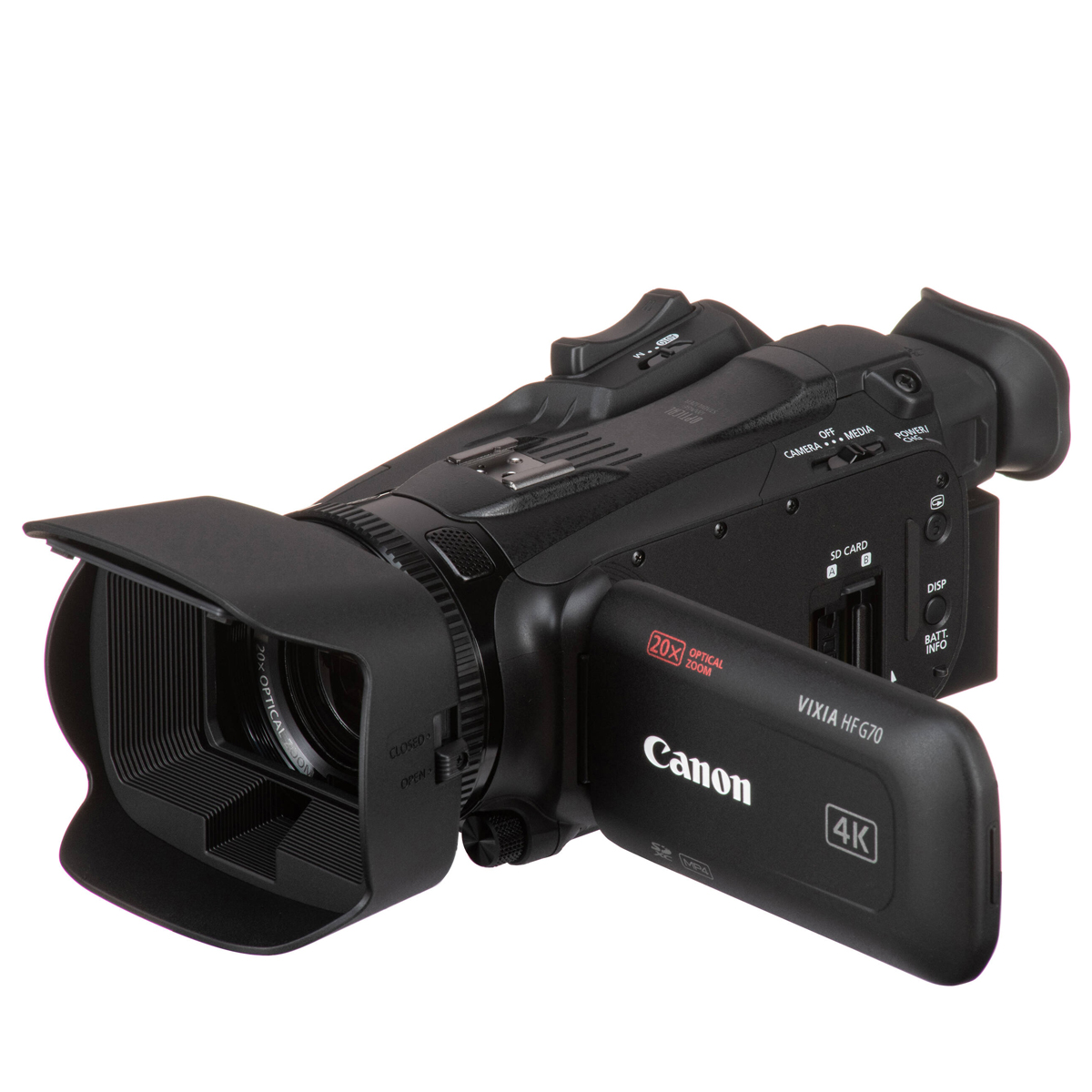
For the price, this 4K camcorder from Canon packs a punch, useful for everyday use or more professional work. It is part of the Legria or Vixia range, depending on which country you buy it in.
Read more below
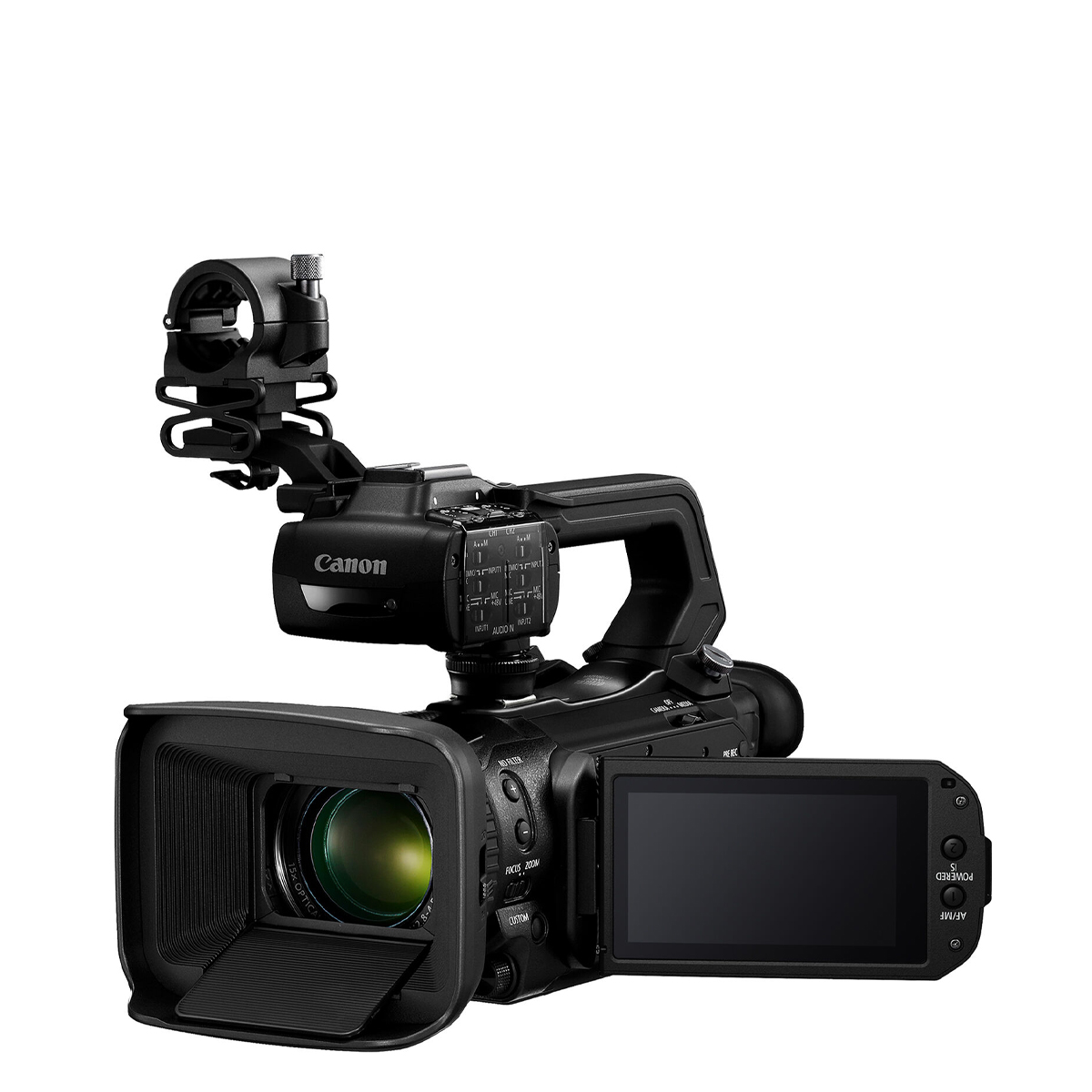
A big 1-inch sensor is the key attraction for serious moviemakers with this professional-grade camcorder. It gives full audio control with two pro-spec XLR microphone connectors.
Read more below
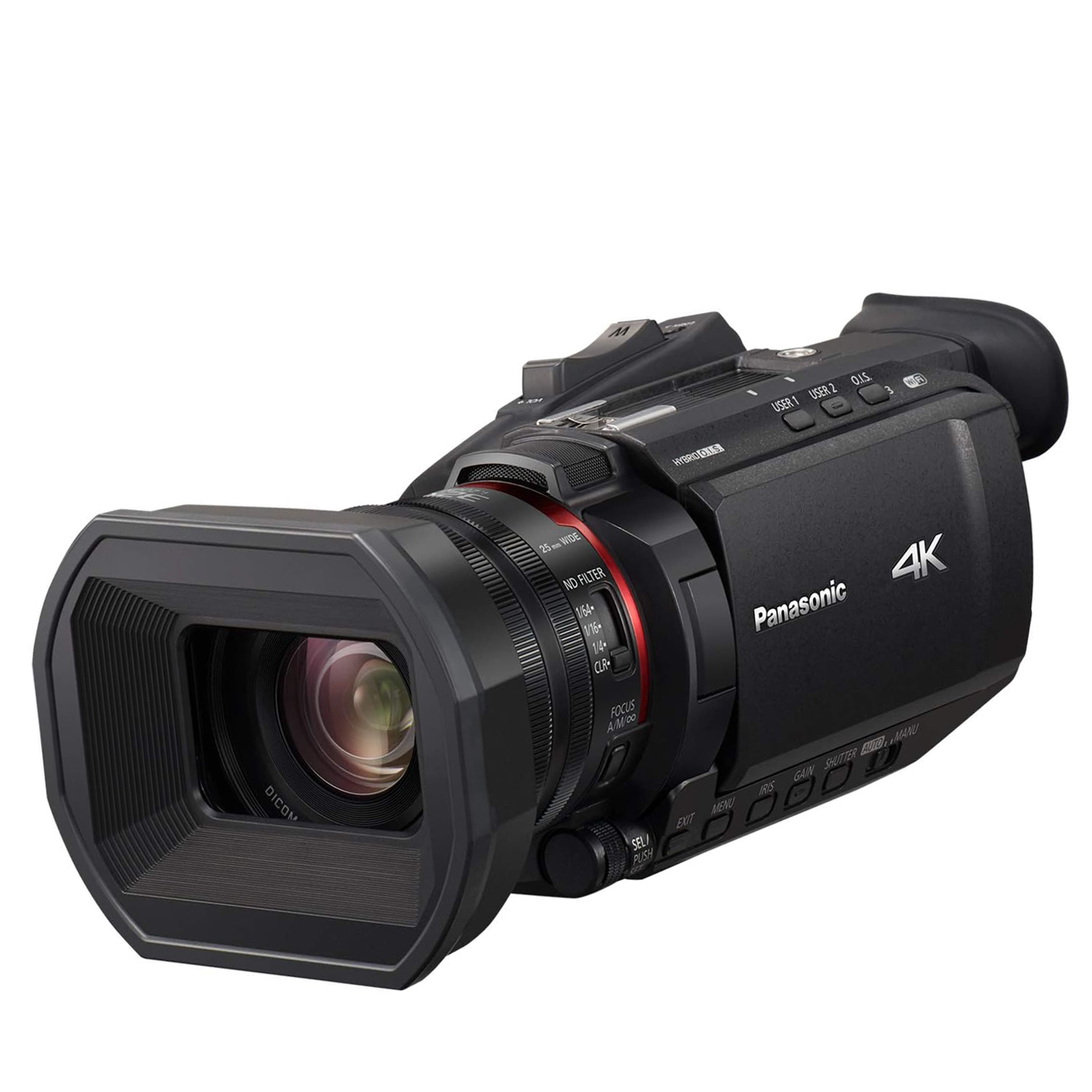
Most camcorders are perfect for videoing sport, but the X1500 is a top performer thanks to its great 120fps slow-motion frame rate settings and powerful built-in 24x zoom.
Read more below

This is a top-performing pro camera with a full-frame sensor and interchangeable lens mount, making it a great choice for cinematography and low-light action.
Read more below
View the full list ⇩

A great choice for serious content creators, but the lack of Wi-Fi means this is better for use in a home setup where you are set up for live streaming.
Read more below
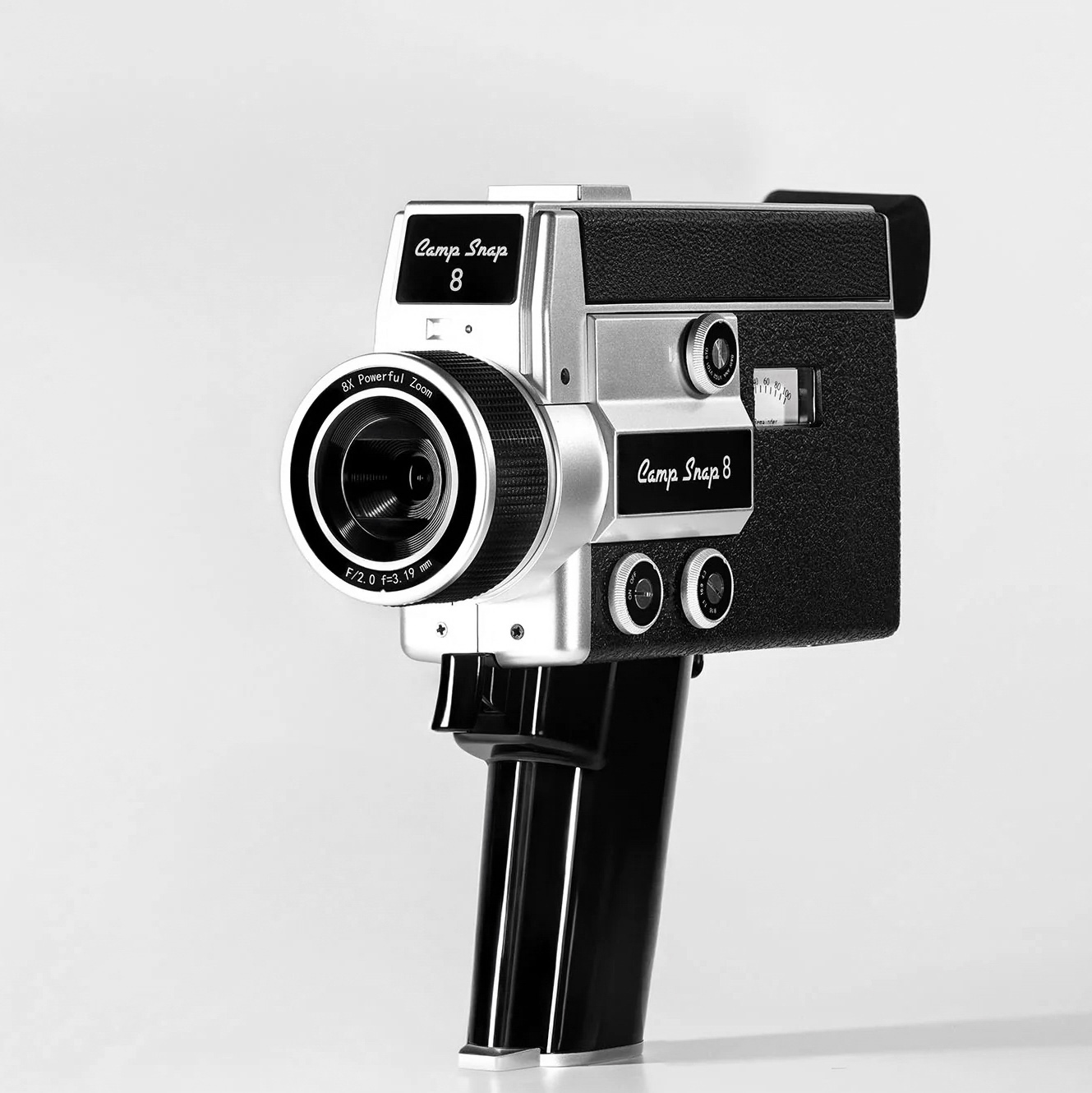
This novelty camcorder is designed to look like a 1970s cine camera, but can shoot low-tech digital video to an SD memory card.
Read more below
Best camcorders
Why you can trust Digital Camera World
Best budget camcorder
Specifications
Reasons to buy
Reasons to avoid
Launched in 2025, the HC-V900 launched late last year. It's the newest and most affordable camcorder in this guide, and an impressive budget option for amateur moviemakers – given the 24x optical zoom is something you'd need multiple lenses to achieve on a mirrorless camera.
I tried the camcorder for a month and found it super light, comfortable to hold, and easy to carry. The 5-axis image stabilization kept footage steady, even when I was walking. Image quality-wise, the HC-V900's resolution is limited to Full HD, but the footage was surprisingly noise-free in lower light, although I needed an extra light source when vlogging inside a dark room.
I was also impressed by the shallow depth of field the camcorder could achieve, which gave zoomed shots a more cinematic feel than expected. The built-in mic captured clear audio in quiet environments, with different presets for nature, speech and more delivering well. Despite the mic windshield, it was muffled by strong wind noise.
The HC-V900 is a simple-to-use camera, but that simplicity comes at the expense of any exciting features or filters. It has the basics, such as face tracking, but you can forget slow-motion footage or livestreaming options. This everyday camcorder is a great tool for hobbyists who just want to capture moments that matter without the complexity of a modern vlogging or mirrorless camera.
See our full Panasonic V900 review
Best small camcorder
Specifications
Reasons to buy
Reasons to avoid
The Sony FDR-AX43 is compact, but it doesn’t skimp on features. It is fronted by a Carl Zeiss Vario Sonnar T 20x optical zoom, and offers 4K shooting, a low-noise Exmor R CMOS sensor, dual-video recording in XAVC S or AVCHD formats, and easy-to-share MP4.
What I love about this model is that it offers Wi-Fi connectivity and NFC (unlike even the Canon models in this guide), which makes transferring video to your phone using the Sony app quick for content creation. I found the footage from the AX43 clear in daylight but grainy in low light. Audio from the built-in mic was crisp apart from in heavy winds, and you can monitor your sound with headphones or attach a better microphone using the built-in mic socket.
I found filming occasionally awkward without a viewfinder or handle, and the menus are dated, but the camcorder is easy to use. If you're looking for a viewfinder, the Sony AX53 is a good alternative (albeit harder to find now that it's been discontinued).
Despite being slightly heavier than the Panasonic HC-V900, its balance of functionality, portability, and price makes it my top recommendation for the best all-around small camcorder.
Read my full Sony FDR-AX43 review
Best camcorder for beginners
Specifications
Reasons to buy
Reasons to avoid
The Canon HF G70 is a solid camcorder for beginners who want good quality 4K video and the ability to cover a wide range of scenes handheld. I found the slow-motion recording options particularly helpful for shooting a sports match. Although HD live streaming is a draw for YouTubers, the absence of Wi-Fi connectivity deters me from recommending it to dedicated content creators seeking seamless sharing options.
The HF G70 is a great choice for hobbyists who are familiar with DSLRs or advanced mirrorless cameras for stills but want a dedicated video setup. While the controls aren't flawless, I found the five assignable buttons offered a decent level of customization.
The camcorder is attractively priced and is suited for individuals who are comfortable with the functionality and handling of a traditional camcorder, and want simplicity over extensive video modes, codecs, or formats tailored for intensive editing.
Read my full Canon Vixia / Legria HF G70 review
Best camcorder for filmmaking
Specifications
Reasons to buy
Reasons to avoid
The Canon XA75 is powerful enough for serious filmmaking yet discreet. Its compact size made it an ideal companion when I tested it during live events, where remaining inconspicuous was important. Having filmed multiple weddings using various top-tier hybrid cameras, I found the XA75's form factor notably more user-friendly compared to an interchangeable-lens DSLR. Its low-light performance also pleasantly surprised me, rivaling that of my Canon EOS R6 mirrorless camera.
However, despite being Canon's top-tier professional camcorder, the absence of a Wi-Fi module feels constraining. When you want to share content quickly on the move, relying solely on your SD cards or USB-C transfers slows you down. For this reason, I think this is a better option for serious filmmakers and documentary shooters, who take their time setting up shots, than it is for content creators
At this price range, the maximum UHD 4K30p video recording capability seems underwhelming. Comparable camcorders like the Panasonic HC-X1500E offer 4K 50p/60p at a higher bitrate, while the Canon EOS R6 Mark II mirrorless camera provides 6K 60p ProRes RAW via HDMI.
Still, the XA75 impressed with autofocus tracking – especially faces – its powerful zoom, the dual XLR mic inputs, and uninterrupted continuous recording, catering precisely to the needs of the serious moviemaker.
Read my full Canon XA75 review
Best camcorder for sport
Specifications
Reasons to buy
Reasons to avoid
Camcorders are a great option for shooting sports (or wildlife) as they have big super telephoto lenses built into a remarkably compact camera. But I liked the Panasonic X1500 in particular for its balance of features for those wanting to shoot action. Its 24x zoom (a range equivalent to a 25-600mm full-frame focal length) was enough to get super close to the action in field sports without the need to resort to a digital zoom option. It also has better slow-motion credentials than most, with 4K at 60p. Switch down to Full HD, and the Super Slow setting allows you to capture at 120fps.
Weighing in at 1.2kg, the X1500 isn’t a casual option, and I couldn't carry it in a small bag or pocket like the compact camcorders at the top of this guide. But the large 3.5-inch color touchscreen was responsive and helpful for framing shots, while the two SD card slots added versatility. You have to buy an optional top handle separately ($300/£250) to add two XLR microphone inputs and a light. But even so, the HC-X1500 is well-priced for its build quality and versatility.
Read my full Panasonic HC-X1500 review
Best professional camcorder
Specifications
Reasons to buy
Reasons to avoid
The Sony ILME-FX6 isn't a traditional camcorder. It's included in this guide as it offers a real step-up in production values, a huge full-frame sensor and interchangeable lenses that combine to allow you to control depth of field in a way that isn't possible with smaller-sensored camcorders.
The basic specs of the FX6 are the same as the Sony A7S III mirrorless camera. We found it delivered stunning 4K image quality, particularly when shooting at high ISOs, which is an area where most camcorders lack quality.
The autofocus system tracked fast-moving action subjects impressively, and we found this complemented being able to shoot slow-motion sequences at 240fps in Full HD. You can also record internally in 10-bit codecs - or opt to record onto an external recorder in 16-bit RAW. You get essential pro features such as XLR microphone inputs and a built-in variable ND filter, which helps set wide apertures even in daylight.
In our tests, we were simply stunned by the quality of this cine camera, offering a full-frame performance we usually only see on models costing substantially more. Our reviewer called it "the best value full-frame cinema camera you can buy". It's the perfect choice for cinematography, but still has the handling characteristics of a camcorder.
Read our full Sony FX6 review
Best camcorder for YouTube
Specifications
Reasons to buy
Reasons to avoid
The Canon XA65 is a strong option for content creators; shooters seeking a high-quality video camera without the hassle of swapping lenses or diving deep into exposure settings. Upgrading from the HF G70 to access enhanced audio controls and XLR microphone inputs through its detachable handle is a worthwhile consideration for those creating videos for YouTube at home or in a studio.
Connectivity was still limited, though, and I found that not having Bluetooth or Wi-Fi was a pain when I was without the cable. Still, the option to stream live events via UVC is an option. The XA65's design is practical, but it didn't excite me, and there's no real waterproofing, which restricts use in poor weather.
Hybrid Canon cameras like the Canon EOS R6 Mark II will likely deliver better video quality and versatile autofocus across various filming formats, and double up as proficient still cameras (a feature the XA65 lacks). But they won't offer the 20x zoom range in such a portable package.
The XA65 offers value because you don't need to buy additional lenses. I'd say it's best for videographers focused on quick, news-oriented content or documentary-style videos rather than aiming for visually stunning cinematic productions. Despite initially finding it dated, after a week of use, the XA65's handling and simplicity were easy and enjoyable.
Read my full Canon XA65 review
Best retro camcorder
Specifications
Reasons to buy
Reasons to avoid
I love the retro charm and pure fun of this camera. As a digital dupe of a 1970s Super 8, the screen-free design and trigger-style shooting make capturing short clips a joyful, distraction-free experience – it's all about staying in the moment.
The highlight is the Analog (ANA) preset, which drops the frame rate and adds film-like dust and scratches, giving footage an instant, lovely nostalgic quality that makes recent moments feel like old memories.
However, I have to be clear: this is not a camcorder for high-quality video. My biggest weaknesses are the lack of stabilization and the digital-only 8x zoom, which makes footage shaky and pixelated to the point of being unusable when fully zoomed. Also, the SD card proved to be a pain to access, requiring the help of a screwdriver.
In the camcorder market, the CS-8 isn't competing for quality against the other best-in-class models in this guide. Instead, its popular appeal lies in its affordability and its ability to tap into the demand for a retro, film-like aesthetic in a simple, digital package. If you prioritize nostalgic style and a fun shooting experience over technical perfection, this camera is hard to beat for its price.
Read our full Camp Snap CS8 review
How to choose the best camcorder
What are the key features to look for?
Zoom range: Camcorders offer an impressive optical zoom, making them great for sports and wildlife. The range is usually given as a ratio such as 20x, where the telephoto setting is 20 times longer than the wide-angle focal length.
This range can be extended further with a digital zoom that crops into the image for more telephoto power, but at a reduced resolution. A longer zoom of around 20x is essential for distant subjects, while a lower zoom (15x) is fine if you'll mainly be vlogging or shooting close family events.
Sensor size: The sensor size used in most camcorders is smaller than that used in mirrorless cameras, and more similar to that found in compact cameras or camera phones. Larger image sensors will deliver better video quality, but they also typically increase the size and cost of the camcorder, so it's a balance.
The biggest sensor size found in professional camcorders is the Type 1 or one-inch sensor, which measures 0.52 x 0.35 inches (13.2 x 8.8mm). Mid-range camcorders typically use a 1/2.3 - 1/2.5-inch sensor measuring 5.76 x 4.29mm, a quarter the size of the Type 1.
The Sony FX6 in this guide has a substantially larger full-frame sensor. But it's more of a video camera than a standard camcorder, and, as it has an interchangeable lens mount, it doesn't come with a built-in zoom lens.
Frame rate: If you're hoping to shoot fast action or slow-motion footage, look for higher frame rates (60p or even 120p).
Image stabilization: This feature is a must-have for capturing shake-free handheld video. Fortunately, most modern camcorders have optical image stabilization, and 5-axis compensation is standard across price points.
Resolution: The maximum resolution of the video shot by camcorders is 4K or Full HD. A 4K video image measures 3840 x 2160 pixels, and is what you get on all mid-range and pro models. Budget camcorders offer Full HD (Full High Definition) video, also known as 1080P or 2K, at a resolution of 1920 x 1080.
Having 4K gives you better image quality and allows you to switch to a lower resolution to achieve a high frame rate for slow-motion recording. But with big file sizes, high hardware demands for editing, and faster battery drain, 4K isn't practical for everyone. Full HD recording can offer a more accessible workflow for beginners and family users.
Audio sockets: All camcorders have built-in stereo microphones and a speaker to review footage. However, the positioning of this basic integrated microphone means that audio is better if recorded using an external mic.
This can be positioned closer to the subject (wireless microphones are increasingly popular for recording speech); alternatively, shotgun microphones can do a better job of capturing distant sound.
Not all camcorders have a microphone socket, while professional camcorders tend to offer pro-grade XLR mic sockets, rather than a 3.5mm jack. A headphone socket is also essential for serious filmmaking - allowing you to monitor the quality of the sound you are recording.
Manual Controls: A camcorder that opens up a level of manual control over the settings – focus, exposure (aperture and shutter speed), and white balance – is great for creativity.
Storage: All the camcorders in this guide record to SD or MicroSD memory cards. I'd make sure the model you choose supports a fast enough card for the resolution and frame rate you want to shoot at.
FAQs
What are the advantages of using a camcorder?
Whether you're a new user or considering returning to the world of camcorders for the first time since 8mm or VHS-C tape, you might be wondering why you need one.
One big advantage of filming with camcorders over camera phones is their built-in optical zoom lenses, which allow you to get closer to subjects without compromising image quality.
I've found this incredibly useful for shooting sports and wildlife, and something that also sets camcorders apart from the best action cameras – even if their resolutions and feature sets tend to be less impressive.
How we test camcorders
I've personally reviewed all six camcorders in this guide (and have tested several more that are now discontinued, like the Sony AX53). I used each model daily for a minimum of two weeks, but most for at least a month.
I wanted to test how each camcorder performed in real-world scenarios that a typical buyer might encounter, so I used them in various lighting conditions – from dazzling summer sun to a dim home office – and assessed the clarity and quality of the audio captured by the built-in microphones. I captured a mix of home vlog-style content to test face-tracking features, walking shots to trial the optical stabilization, and focused on local wildlife such as birds to test the full zoom range. For the camcorders with infrared functionality, I filmed in my back garden at night.
I've been reviewing cameras for over a decade, and I assessed the quality of the video by comparing my raw, ungraded video footage – sampling each resolution and frame rate separately – against that taken by the other cameras and camcorders I've assessed (literally hundreds).
The best camcorders are designed to be easy to use. To assess the ergonomics, controls and menus, I asked several friends and family members to try shooting with each reviewed model so I could understand what the handling was like for people with different hand sizes and skill levels beyond my own.
Models compared
Camcorder | Max Recording Resolution | Sensor | Optical Zoom | Mic Socket | Headphone Socket | Wi-Fi | Weight |
Panasonic HC-V900 | Full HD | 1/2.5-inch BSI MOS | 24x | Yes (3.5mm jack) | Yes (3.5mm jack) | No | 431g |
Sony FDR-AX43 | 4K | 1/2.5-inch Exmor R CMOS | 20x | Yes (3.5mm jack) | Yes (3.5mm jack) | Yes | 510g |
Canon Vixia/Legria HF G70 | 4K | 1/2.3 inch CMOS | 20x | Yes (3.5mm jack) | Yes (3.5mm jack) | No | 953g |
Canon XA75 | 4K | 1-inch CMOS | 15x | 2 x XLR | Yes (3.5mm jack) | No | 990g |
Panasonic HC-X1500 | 4K | 1/2.5 inch MOS | 24x | Yes (3.5mm jack) | Yes (3.5mm jack) | Yes | 1.2kg |
Sony FX6 | 4K | Full-frame | Interchangeable | 2 x XLR | Yes (3.5mm jack) | Yes | 890g |
Canon XA65 | 4K | 1/2.3 inch CMOS | 20x | 2 x XLR | Yes (3.5mm jack) | No | 750g |
Camp Snap CS8 | 2.7K | 1/2.7in | None (8x digital) | None | None | No | 519g |
Today's prices compared
The best camera deals, reviews, product advice, and unmissable photography news, direct to your inbox!
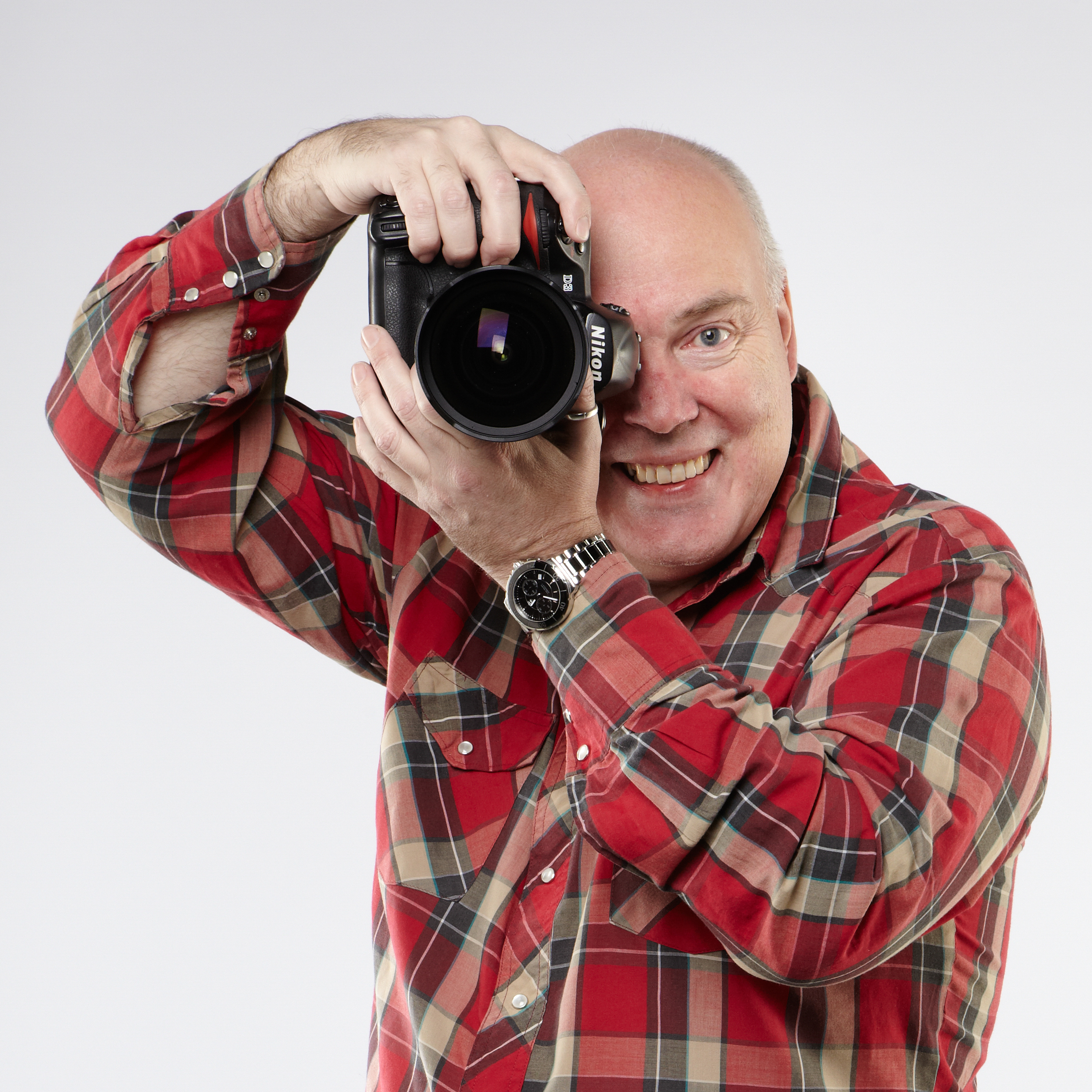
Chris George has worked on Digital Camera World since its launch in 2017. He has been writing about photography, mobile phones, video making and technology for over 30 years – and has edited numerous magazines including PhotoPlus, N-Photo, Digital Camera, Video Camera, and Professional Photography.
His first serious camera was the iconic Olympus OM10, with which he won the title of Young Photographer of the Year - long before the advent of autofocus and memory cards. Today he uses a Sony A7 IV, alongside his old Nikon D800 and his iPhone 15 Pro Max.
He is the author of a number of books including The Book of Digital Photography, which has been translated into a dozen different languages.
In addition to his expertise in photography and videomaking, he has written about technology for countless publications and websites including The Sunday Times Magazine, The Daily Telegraph, What Cellphone, T3 and Techradar.
- Lauren ScottFreelance contributor/former Managing Editor
